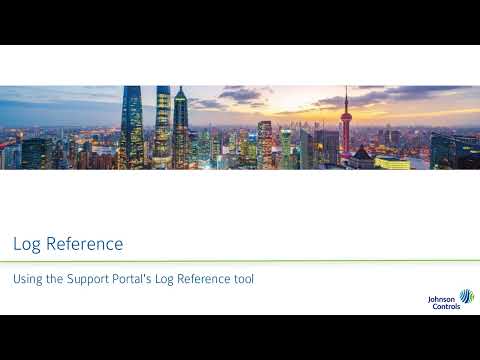Description The exacqVision Client fails to connect to the exacqVision Server with the status message “Address found but not an ExacqVision Server. Reconnecting.” This is typically caused by either an incorrect system IP address or the exacqVision Server service is not running on the NVR. Products Steps to Reproduce Expected Results Actual Results Solution If… Continue reading Address Found but Not an exacqVision Server
Month: September 2022
Enterprise Manager’s “Root” group has special privileges
DescriptionIf any user is a part of the “root” group in Enterprise Manager this grants that specific user special admin privileges regardless of what type of user OR user role that they are in. In example.. If a user is tied to a user role where they cant seen specific cameras on a server but… Continue reading Enterprise Manager’s “Root” group has special privileges
When trying to connect to S-Series archive target the status is “Disconnected”
Description When the Exacq NVR you are configuring to archive to an Exacq S-Series and the recording NVR is joined to a domain, there is a local Group Policy that must be configured to prevent receiving a ‘Disconnected’ status. Product Steps to Reproduce Expected Result Arching target is ‘Connected’ Actual Result Archiving target is ‘Disconnected’… Continue reading When trying to connect to S-Series archive target the status is “Disconnected”
Exacq Mobile 3 app does not allow cameras to show Time stamps OSD of the server time while in a different TIME ZONE than the recorder
Description The Exacq Mobile 3 application does not show the OSD of cameras while the device is in a different time zone. Product Exacq Mobile 3 application for both iPhone and Android. Expected Results We should be able to account for when the Device is in a different time zone than the recorder while using… Continue reading Exacq Mobile 3 app does not allow cameras to show Time stamps OSD of the server time while in a different TIME ZONE than the recorder
LICENSE: Ignore update – unrecognized MAC address.
LICENSE: Ignore update – unrecognized MAC address. Description This indicates that the MAC Address registered to the license was not found. Notes See suggestions in KB 12830: https://support.exacq.com/#/knowledge-base/article/12830
LICENSE: Error loading active – Required MAC address missing.
LICENSE: Error loading active – Required MAC address missing. Description This indicates that the MAC Address registered to the license was not found. Notes See suggestions in KB 12830: https://support.exacq.com/#/knowledge-base/article/12830
License Key Error – Server rejected license upgrade. Please fix and try again
Description When importing a License from File or Exacq.com and “Server Rejected License Upgrade. Please Fix and Try Again.” error box appears. Products exacqVision ServerexacqVision ClientexacqVision Web Server Steps to Reproduce Open exacqVision Client Go to Server drop down and select select Configure System On System Tab click import button:Select From File if downloaded License… Continue reading License Key Error – Server rejected license upgrade. Please fix and try again
Exacq Support Portal Log Reference
Authorized dealers and integrators with Support Portal credentials have the ability to access the Log Reference tool, which provides additional information on sometimes cryptic server log entries.
Installer Not Signed or The Signature is Corrupt or Invalid
Description If the DigiCert Trusted Root G4 Certificate is missing, exacqVision Software updates downloaded from exacq.com or initiated within exacqVision Client, will report a signature error. Products Steps to Reproduce Expected Results Actual Results Solution
Enabling HTTPS For exacqVision Enterprise Manager Versions 22.06 thru 24.09
For Instructions on exacqVision Enterprise Manager version 22.03 or older see Knowledge Base Article #12724 The following document details how to enable HTTPS connections to exacqVision Enterprise System Manager from update 22.06 thru 24.09.2.1. For a trusted certificate, it is recommended that you purchase a third-party intermediate certificate from one of many online providers. If… Continue reading Enabling HTTPS For exacqVision Enterprise Manager Versions 22.06 thru 24.09
